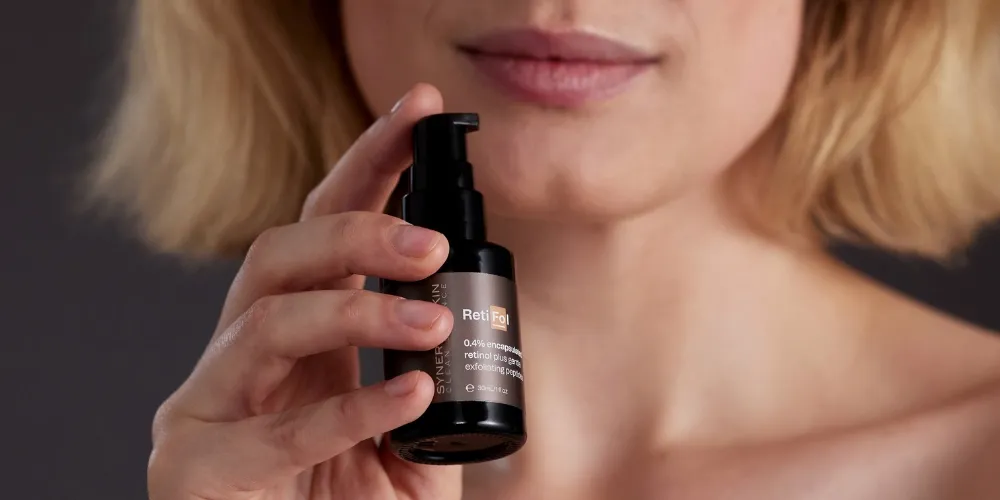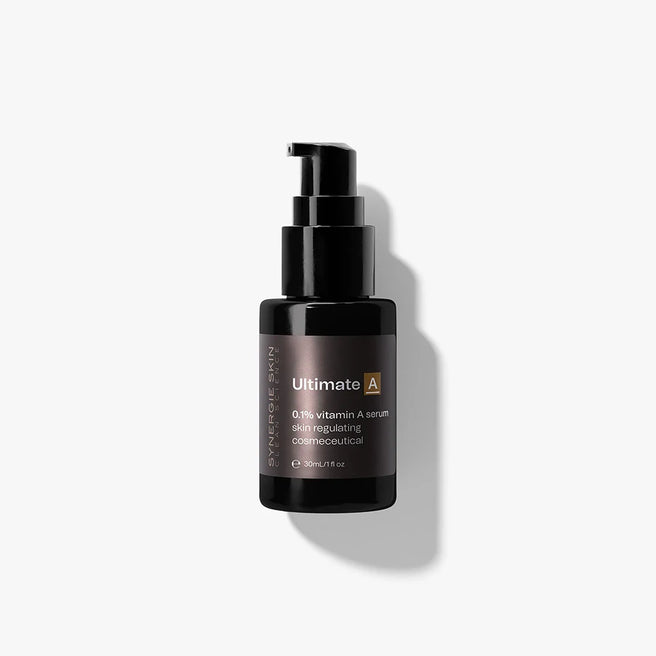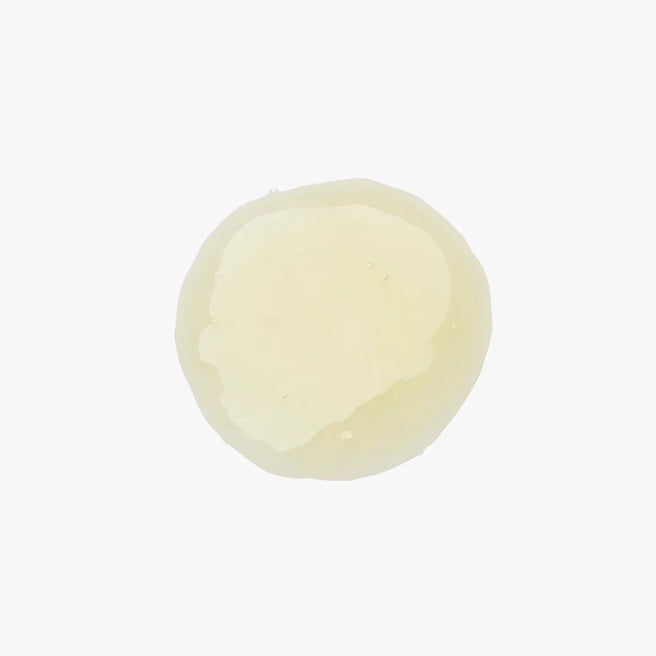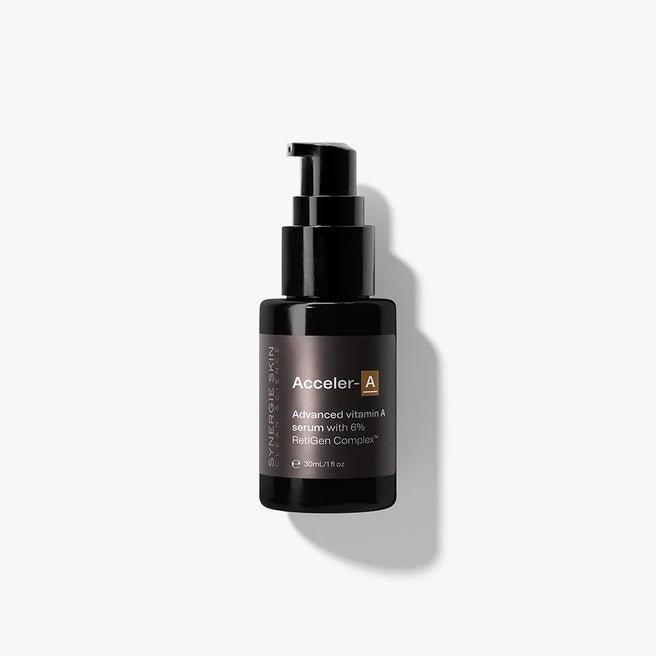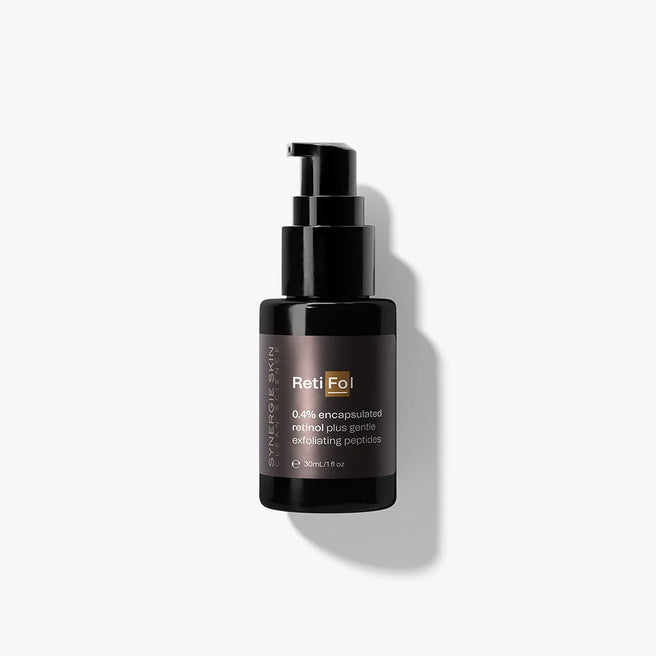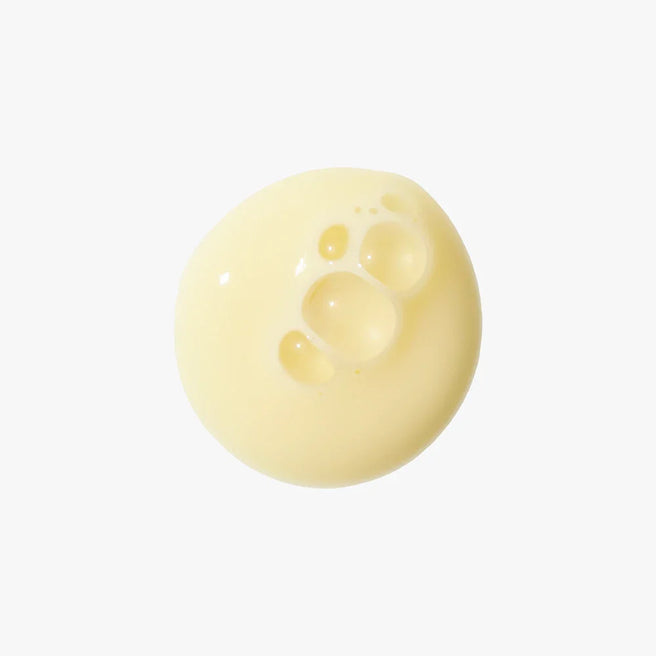We discuss retinol benefits, retinol side effects, and more.
Vitamin A in the form of retinol is one of the primary skincare essentials in any routine, but it is also one of the most complex. That’s why we’ve compiled a list of Frequently Asked Questions all about retinol, so you can find the answers you need. These questions include:
- Vitamin A retinol vs retinoid – what’s the difference?
- What does retinol do for the skin?
- What retinol should I use?
- How do I tell if retinol is working?
- Is retinol an exfoliant?
- Which products don’t mix with retinol?
- How do I increase my skin’s tolerance to retinol?
- How long does a retinol purge last?
For an even greater in-depth dive into vitamin A, please refer to our previous blog: What Does Vitamin A Do For Skin?. Now let’s jump in.
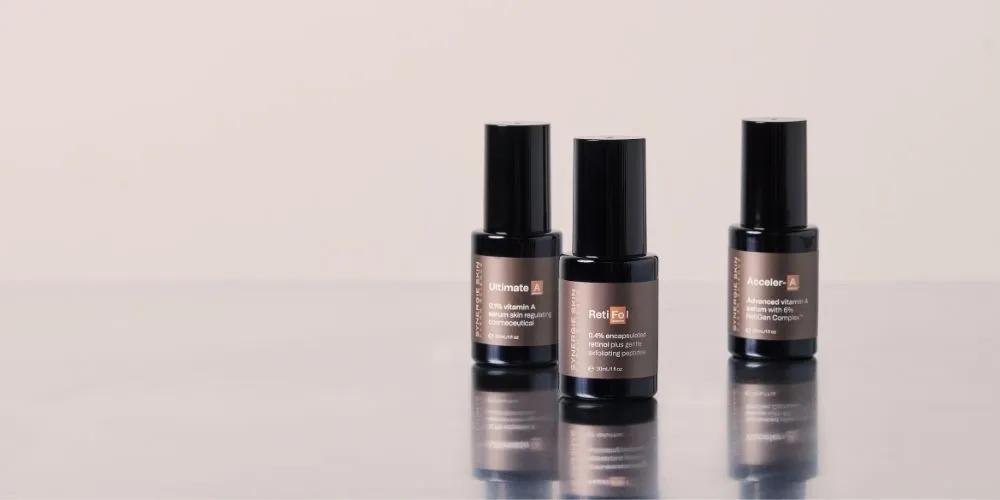
Vitamin A retinol vs retinoid – what’s the difference?
Vitamin A for the skin is referred to as the family of 'retinoids', and within this family, there are a number of different compounds, including vitamin A retinol.
Retinol is one of the most popular non-prescription derivatives of vitamin A, and is converted to the potent and usable form of retinoic acid in the keratinocytes.
It is important to understand that all retinoids eventually finish their journey as retinoic acid that binds to the DNA receptor sites of skin cells. However, the method of delivery for each retinoid produces a wide range of results, with some being more preferable than others.
What does retinol do for the skin?
Vitamin A retinol delivers numerous benefits to the skin, which are explained in more detail in our blog What Does Vitamin A Do For Skin?. In a nutshell, retinol is one of the great skin regulators. It regulates oil production for acne sufferers, reduces excess pigment production and uneven skin tone, inhibits the breakdown of collagen, stimulates fibroblasts to make more collagen and reduce fine lines, and regulates new cell turnover for a youthful glow.
What retinol should I use?
There isn’t an easy ‘one-size-fits all’ when it comes to the varying forms of vitamin A. The real question isn’t “what retinol should I use” but “what retinoid”. Remember, it’s not about finding the most potent form of vitamin A in every case, but instead, you should be seeking the form of vitamin A that is the right fit for your skin profile. When starting your skin’s journey with vitamin A, it is always best to start gently, and carefully monitor your skin’s tolerance. Below are three popular retinoids in the current cosmeceutical landscape:
Stabilised Retinol
Retinol is relatively unstable in air and light, and should be stabilised in a liposome or protective capsule to maintain its effectiveness. It’s always best to look for products that use the stabilised forms and don’t mix them with low pH acidic products containing AHAs, BHAs, and ascorbic acid, because they can render retinol less active on the skin.
This stabilised retinol features minimal irritation, has clinically-proven efficacy, and can achieve deeper skin penetration. Its only drawback is that it needs to be broken down by our cells in to the useable form of vitamin A that our skin can recognise i.e. retinoic acid. For this reason, it is very important that stabilised retinol has a great delivery system to the target skin cells.
Stabilised retinol comes out on top when it comes to overall efficacy and accessibility, since it offers enhanced penetration and stability versus traditional ‘raw’ retinol. Retinol can be stabilised with gentle release liposome technology (oil packet surrounding retinol) or a ‘release on demand’ encapsulation technology (released for controlled targeted delivery) utilising a cellulose-based polymer capsule. Each of these technologies protect the precious retinol serum from its surrounding environment ensuring it remains fresh, non irritating, and potent.
Hydroxy pinacolone retinoate (HPR)
This is - in my opinion as a cosmetic chemist - the best non-prescription retinoid derivative on the block, and the data supports this. It requires no metabolic conversion to retinoic acid by the target cell to exert its numerous beneficial effects. It is the fastest acting and most potent form of vitamin A, next only to prescription retinoic acid – with reduced potential of side effects.
Clinical studies demonstrate that HPR visibly reduces the appearance of lines and wrinkles in as little as 14 days. According to a 2018 study in The Journal of the American Academy of Dermatology, HPR was found to be an effective alternative to prescription tretinoin. It is ideal for advanced users with robust skin.
Prescription Tretinoin (all-trans retinoic acid)
This is the most potent form of vitamin A that requires a doctor’s prescription. This compound is an isomer found in isotretinoin, which was developed in the 1950s and originally branded as Accutane and Roaccutane. Although the medical retinoid Tretinoin (all-trans retinoic acid) is highly effective at clearing severe cystic acne, it is unstable, susceptible to oxidation, and comes at the risk of irritant side effects discussed below.
The issue with prescription Tretinoin is that the molecule binds to undesired receptors not involved in the expected effects of vitamin A. These undesirable side effects can include:
- Flaking due to decreased ceramide production (lipid molecules in the skin that form a barrier to keep the skin moisturised and protect from water loss)
- Irritation
- Redness
Consequently, patients tend to discontinue use or take time to build tolerance. Doctors recommend gradually increasing tolerance over 3 months and not to mix with acidic products, but many patients do not comply with this suggested skincare routine, which may cause unwanted reactions.
Is retinol an exfoliant?
Vitamin A retinol doesn’t exfoliate the skin. This is a skin myth, as no retinoids behave as true exfoliants (AHA’s, BHA’s and peptide exfoliants), which break the bonds between surface dead skin cells to improve the appearance of skin that is thickened or solar damaged.
Sometimes we see flaking skin as a result of using prescription retinoids or using a retinoid that your skin is not ready for – but this is not exfoliation.
Retinoids are very clever molecules that regulate the production and turnover of new, healthy skin cells in the lower skin layers, which work their way up to the surface of the skin approximately every 30 days but they cannot exfoliate dead surface cells.
There are many retinol/exfoliant combo products on the market, however, they are unlikely to work very effectively if they contain acidic exfoliants. This is because vitamin A retinol is neutralised in an acidic environment, which means that acidic exfoliants such as AHAs and BHAs will nullify many of retinol’s benefits when they are mixed together.
This is a major reason behind why Synergie Skin has formulated RetiFol, which pairs the dual benefits of a vitamin A at 0.4% retinol percentage with non-acidic exfoliating peptides, so exfoliation is achieved without compromising the efficacy of the retinol.
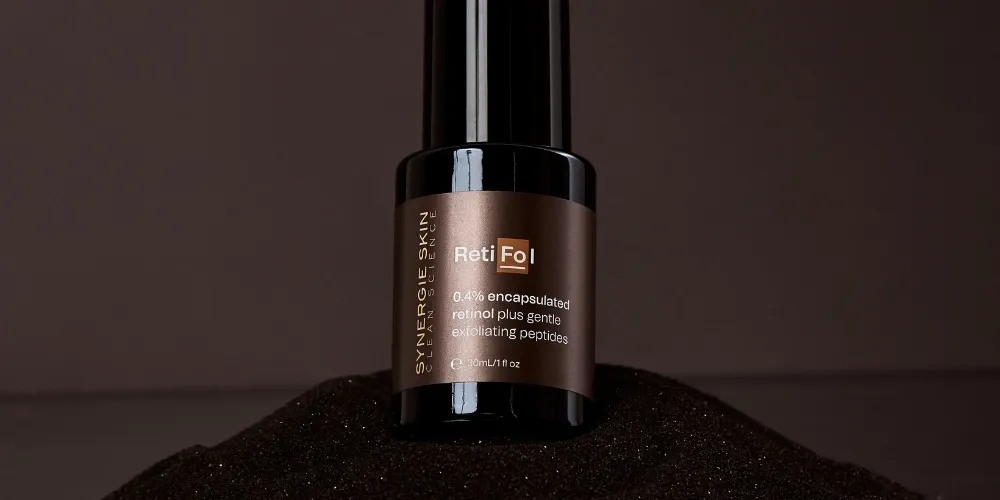
Don’t mix retinol with…?
Retinol is relatively unstable in air and light, and should be stabilised in a protective capsule to maintain its effectiveness. As previously mentioned, it’s always best to look for products that use the stabilised forms of retinol and not to mix them with low pH acidic products containing AHAs, BHAs, and ascorbic acid. This is because an acidic environment renders retinol less active on the skin, and therefore nullifies its benefits.
How do I tell if retinol is working?
Retinol starts to work in your cells fairly immediately, though it may take several weeks before you see noticeable improvements in your skin. In fact, your complexion may appear worse at first - but don’t worry! - this will change in time as your skin acclimatises to your new routine.
The precise results and the timeline can depend on a variety of factors, including age, skin condition, genetic factors, and skin tolerance.. Below is a broad overview of what to expect.
In the first week, you’ll likely notice subtle textural improvements but likely very little else. After 2-6 weeks, you’ll start to see very visible changes in skin texture, but these benefits may be accompanied with temporary negative effects such as retinol peeling or purging (we’ll break down the retinol purge in further detail below). After 2 to 4 months, the real magic happens - retinol's clarifying and wrinkle-fading effects can be truly dramatic, leaving you with smoother, clearer skin.
The epidermis renews itself every one to two months (often depending on age and skin type), so by using retinol for a few months gives it enough time to improve skin texture, fine lines, blemishes, and mild scarring. Pigmentation issues should also appear to fade.
How long does a retinol purge last?
Many who have freshly introduced vitamin A retinol to their skin may experience a surge of acne, blackheads, whiteheads, and inflammation. These symptoms associated with retinol side effects have been termed retinol purging. This experience typically lasts for about 2-6 weeks before the positive benefits of retinol begin to occur.
Retinol purging occurs due to the accelerated turnover of skin cells caused by retinol. This intensified rate of turnover can push oil and skin debris rapidly to the surface, resulting in surges of acne.
The breakout that happens after using retinol is not the emergence of new acne, but rather, an imminent breakout being pushed to the front of the line. In this way, your skin is getting cleansed from the deepest level - like a detox.
To minimise irritation that may come with retinol purging, starting with a low percentage of retinol and gradually increasing the dose at a gentle rate. The retinol sandwich method - where a layer of moisturiser is applied before and after the retinol application – may help reduce irritation, especially for those with sensitive skin, but be aware that this current trend is yet to be scientifically validated.
How do I increase my skin’s tolerance to retinol?
Here’s how to gradually phase in a new, more potent vitamin A products (such as RetiFol or AccelerA) into your skincare routine:
First-time Vitamin A users should start by using Ultimate A or RetiFol, then advance to Acceler-A after 3-6 months, monitoring tolerance. Those with sensitive skin may wish to remain on Ultimate A as the vitamin A product of choice.
Weeks 1 and 2: Apply new retinoid serum every 3rd night, alternating with less potent retinoid serum (if applicable)
Weeks 3 and 4: Apply new retinoid serum every 2nd night, alternating with less potent retinoid serum (if applicable)
From Week 5: Apply new retinoid serum every night
*Not suitable for individuals who are pregnant or lactating
We hope you’ve found this blog helpful in navigating your personal journey with vitamin A. Whilst we’ve covered some of the major questions surrounding retinol and other retinoids, there is always more to learn! So if you’re seeking more critical answers about vitamin A in relation to your skin type, we suggest speaking to a Synergie Skin Expert by booking one of our Virtual Consultations.
